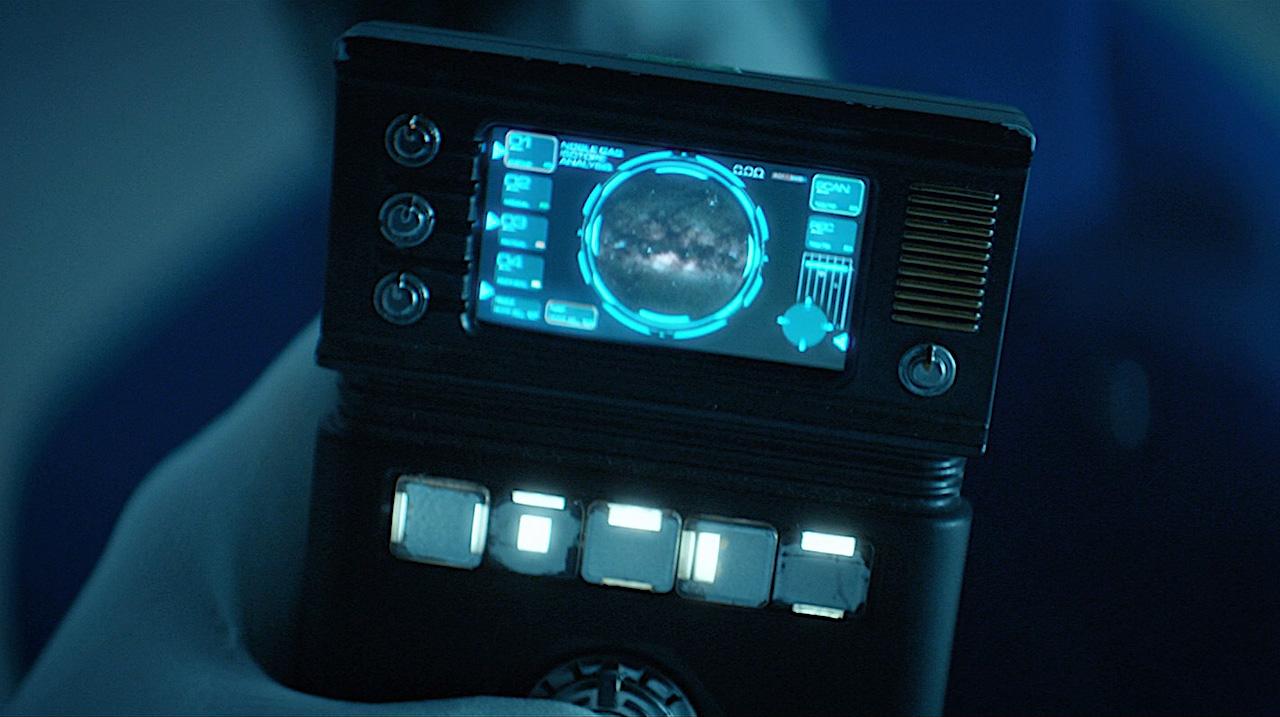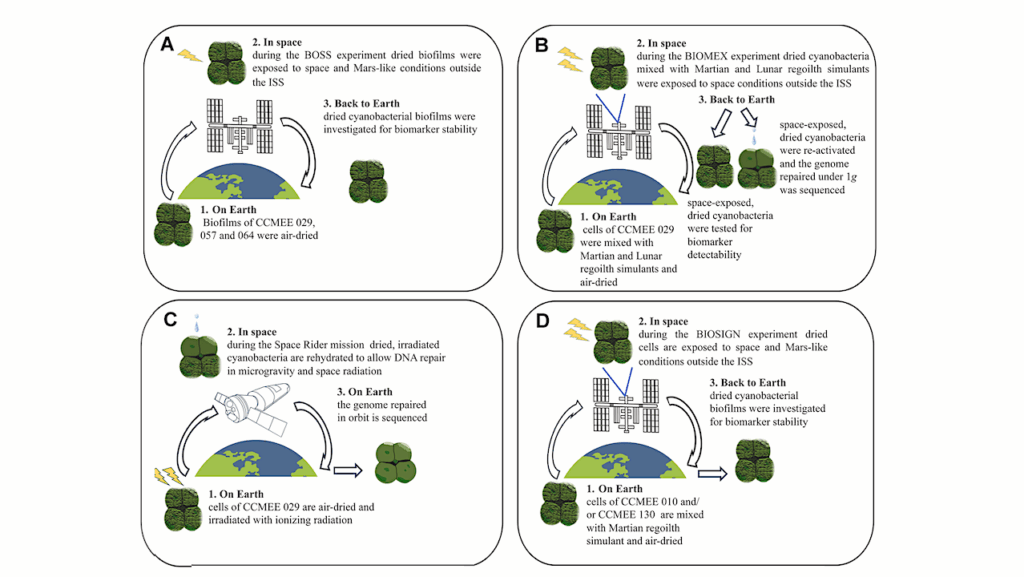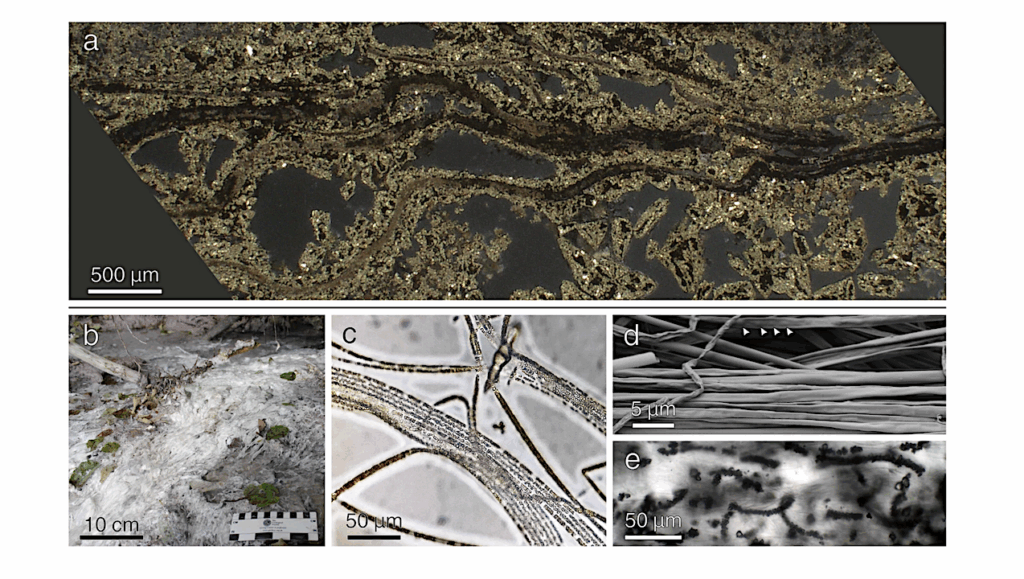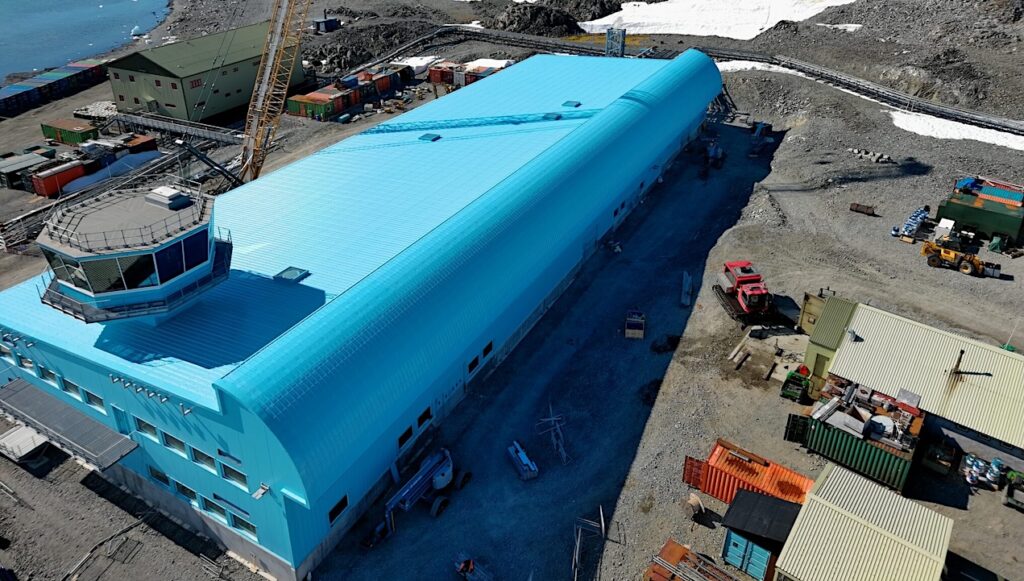Tricorder Tech: In Situ Analysis In Space

A mission to Mars can be viewed as the apex of human technological achievement. However, to make this dream a reality several obstacles need to be overcome. One is devising practical ways to safeguard the crew health during the mission through the development of easy operable and compact sensors.
Lately, several smartphone-based sensing devices (SBDs) with the purpose to enable the immediate sensitive detection of chemicals, proteins or pathogens in remote settings have emerged.
In this critical review, the potential to piggyback these systems for in situ analysis in space has been investigated on application of a systematic keyword search whereby the most relevant articles were examined comprehensively and existing SBDs were divided into 4 relevant groups for the monitoring of crew health during space missions.
Recently developed recognition elements (REs), which could offer the enhanced ability to tolerate those harsh conditions in space, have been reviewed with recommendations offered. In addition, the potential use of cell free synthetic biology to obtain long-term shelf-stable reagents was reviewed.
Finally, a synopsis of the possibilities of combining novel SBD, RE and nanomaterials to create a compact sensor-platform ensuring adequate crew health monitoring has been provided.

Classification of relevant SBD (smartphone-based sensing devices) related literature. A pie chart showing the classification of the 148 articles kept for thorough analyses after the keyword searches. Groups (outer circle) are divided into subgroups (inner pie chart). Percentages indicate percentage of articles presenting the group or subgroup in relation to the total amount of articles kept for analyses. Biosensors via PubMed
“The Smartphone’s Guide to the Galaxy”: In Situ Analysis in Space, Biosensors (Basel). 2018 Oct 19;8(4):96. doi: 10.3390/bios8040096 via PubMed (open access)
Astrobiology








